Critical Analysis of Delirium Care in Intensive Care Nursing
VerifiedAdded on 2023/06/10
|12
|841
|363
Presentation
AI Summary
This presentation provides a critical analysis of a qualitative research study focusing on intensive care nurses' experiences and perceptions of delirium and delirium care. The study, conducted in a medical-surgical ICU, explored nurses' understanding of delirium, assessment methods (including the CAM-ICU), perceived barriers to care, and current care practices. Key findings revealed that delirium was often a secondary priority, and there were criticisms of the CAM-ICU method. The study also highlighted mistrust in delirium management, communication difficulties, and the need for non-pharmacological methods and official guidelines. The presentation links the study's findings with previous research, emphasizing the need for improved training and organizational guidelines for delirium assessment and management. The analysis includes a discussion of the study's limitations, such as small sample size and the single-ICU setting, along with recommendations for enhancing delirium care in critical care settings. The presentation is based on the article by Zamoscik, Godbold, & Freeman (2017).
1 out of 12
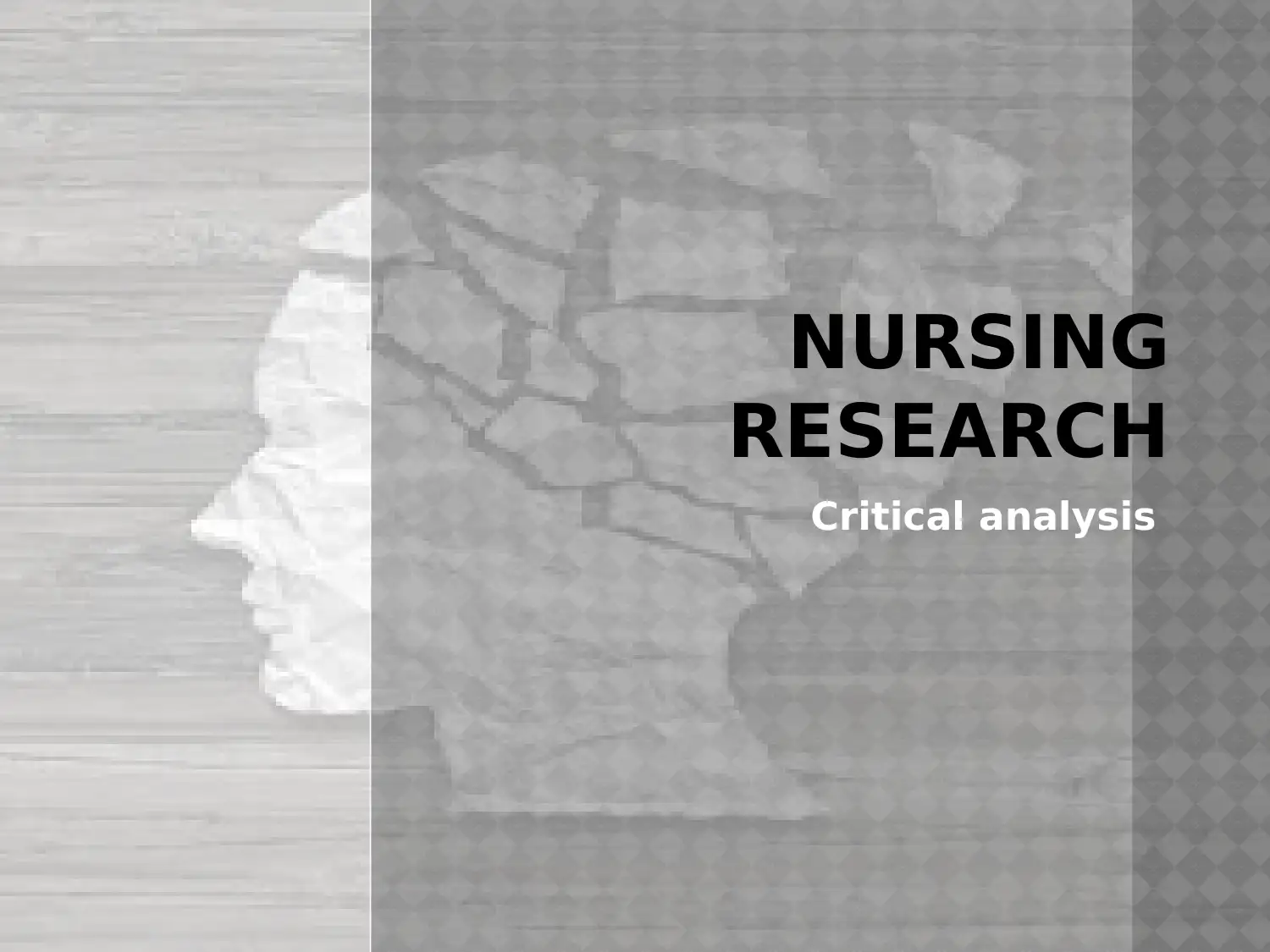
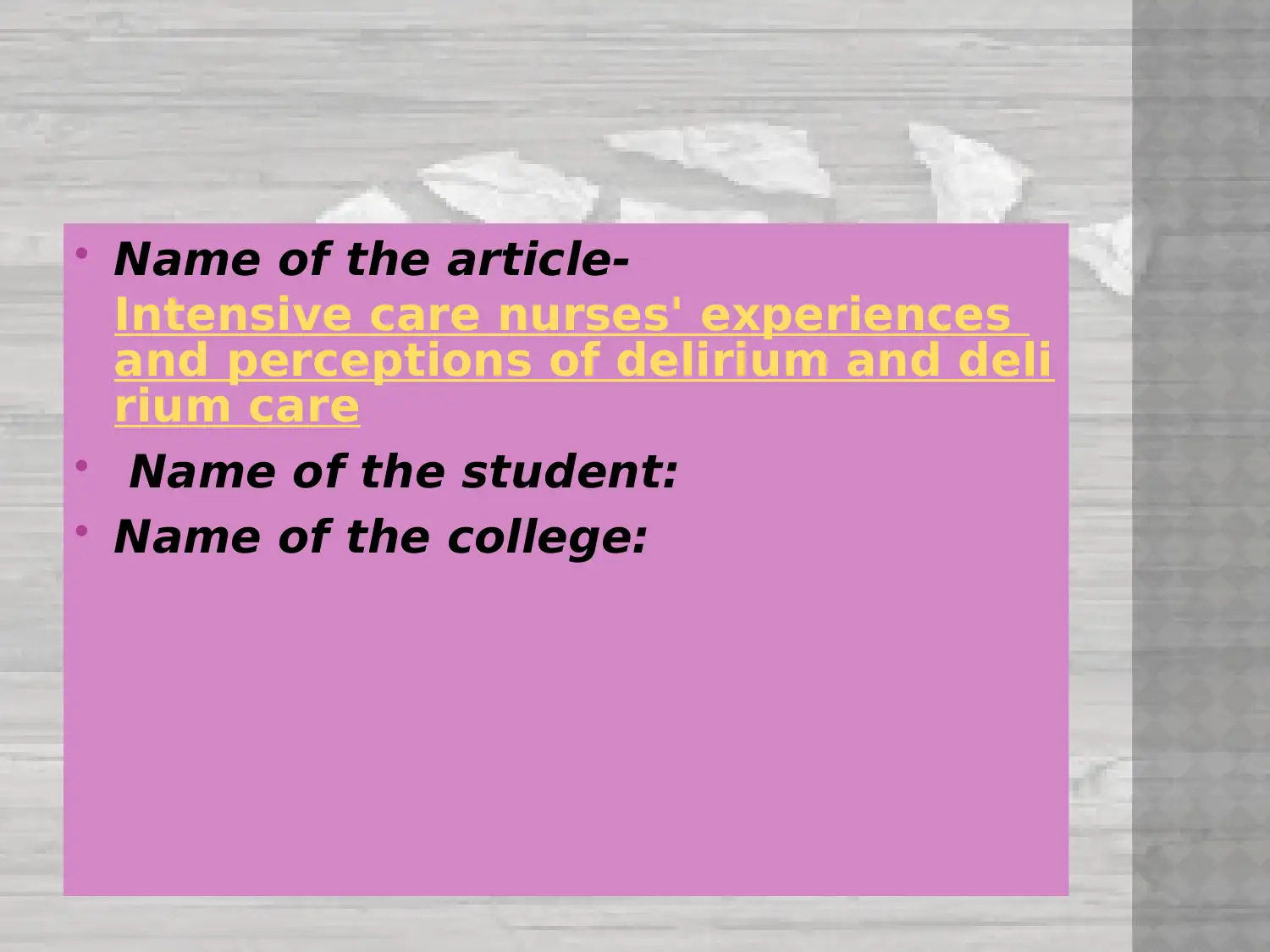
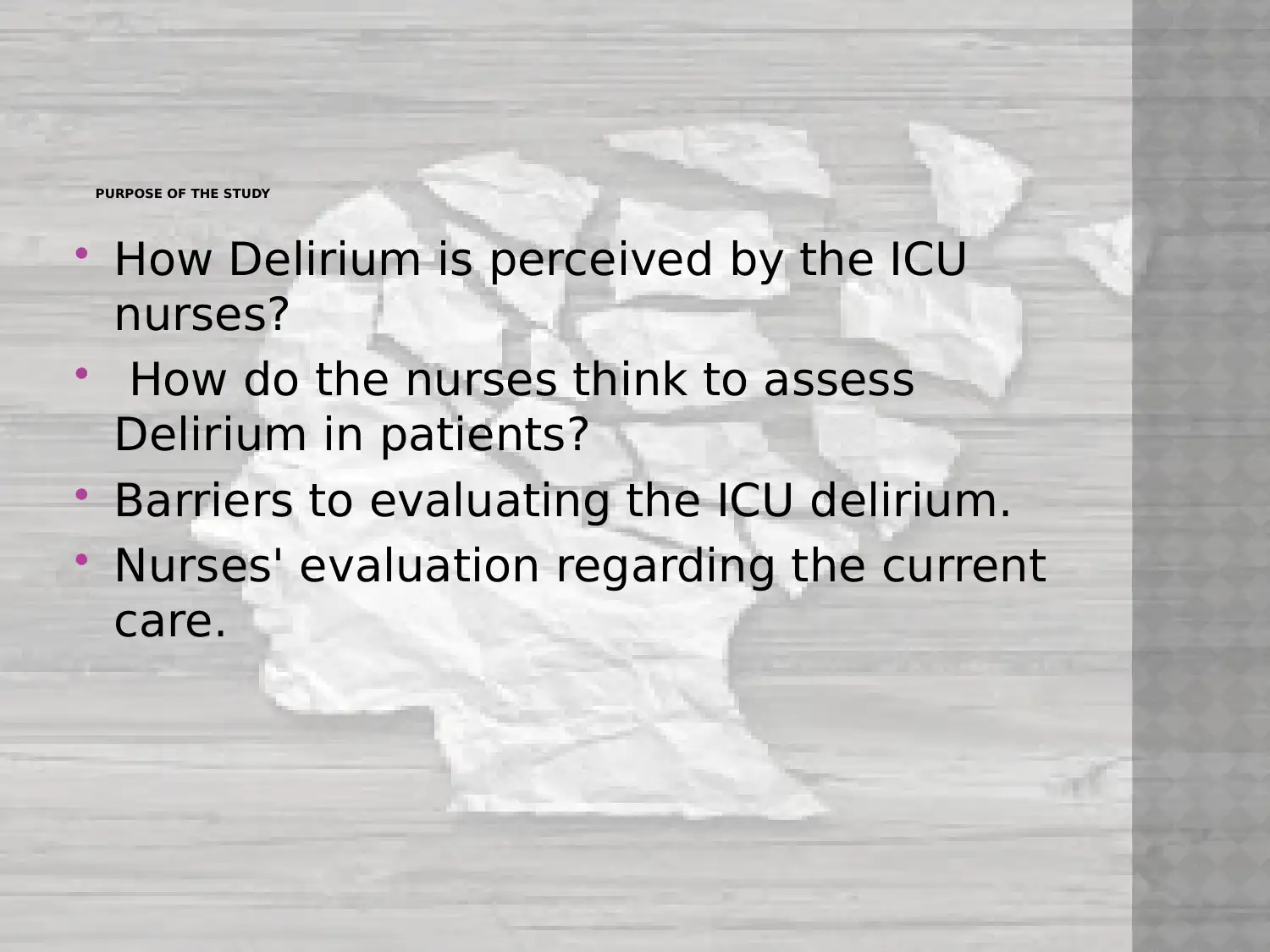

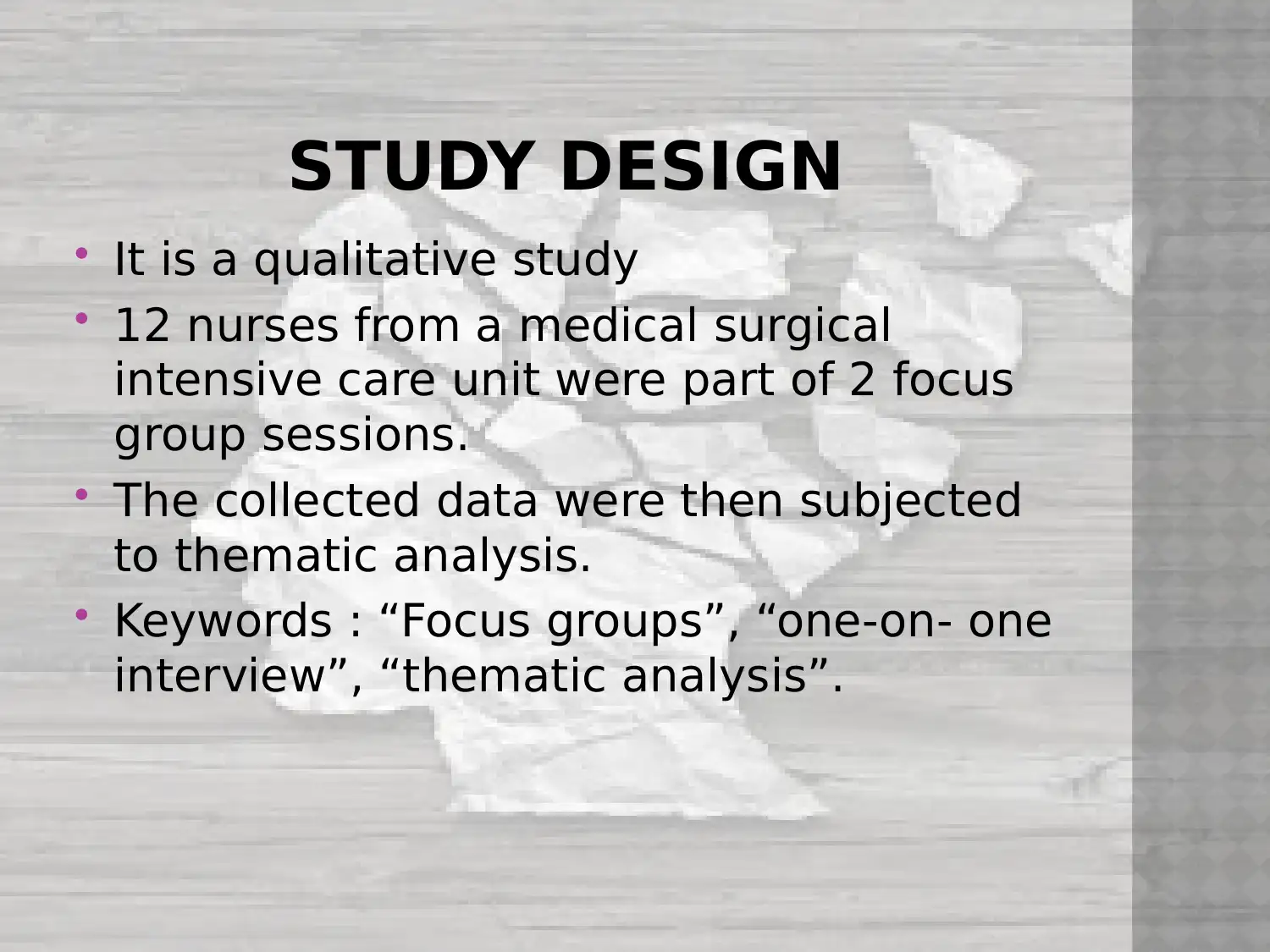
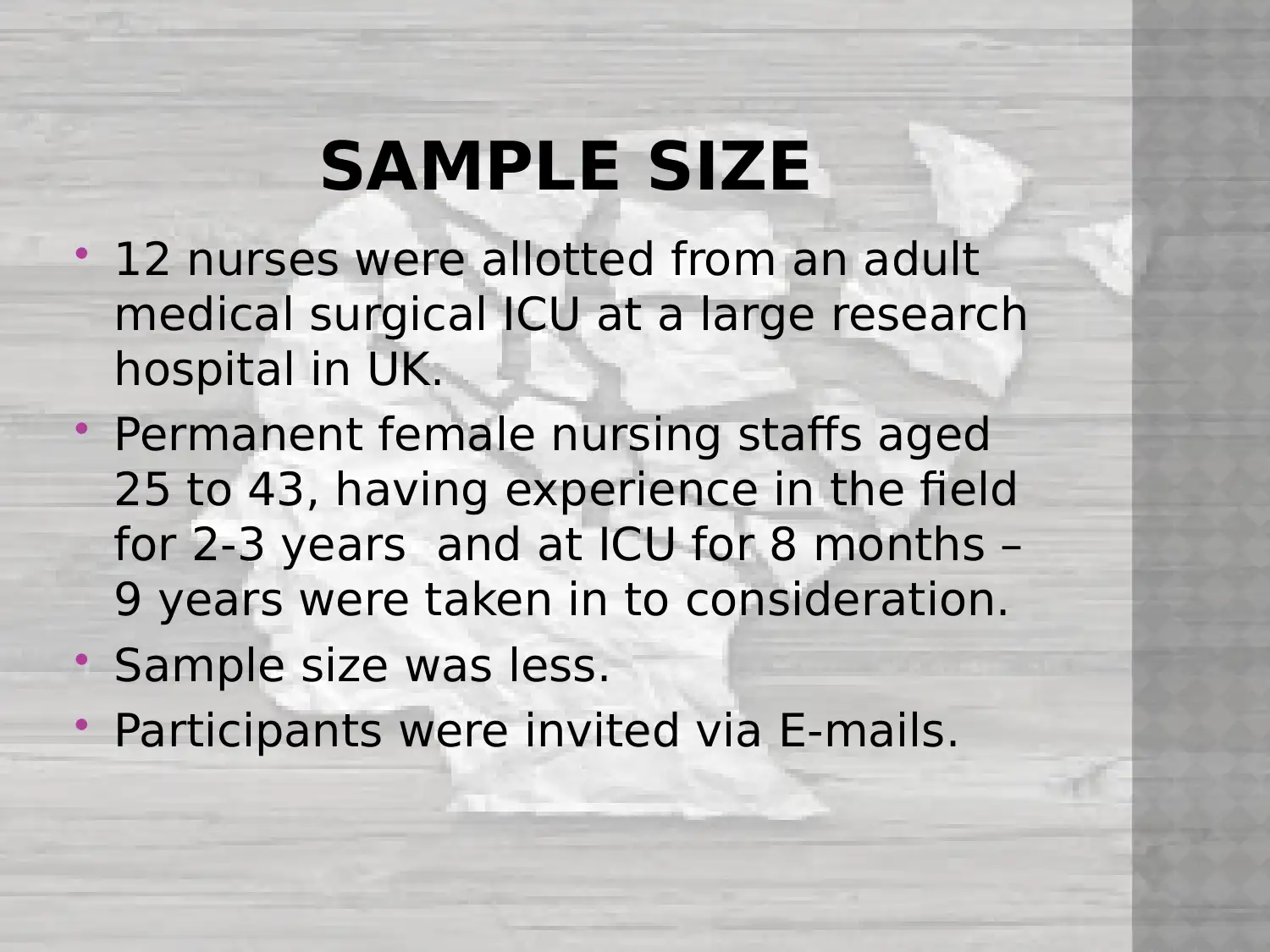
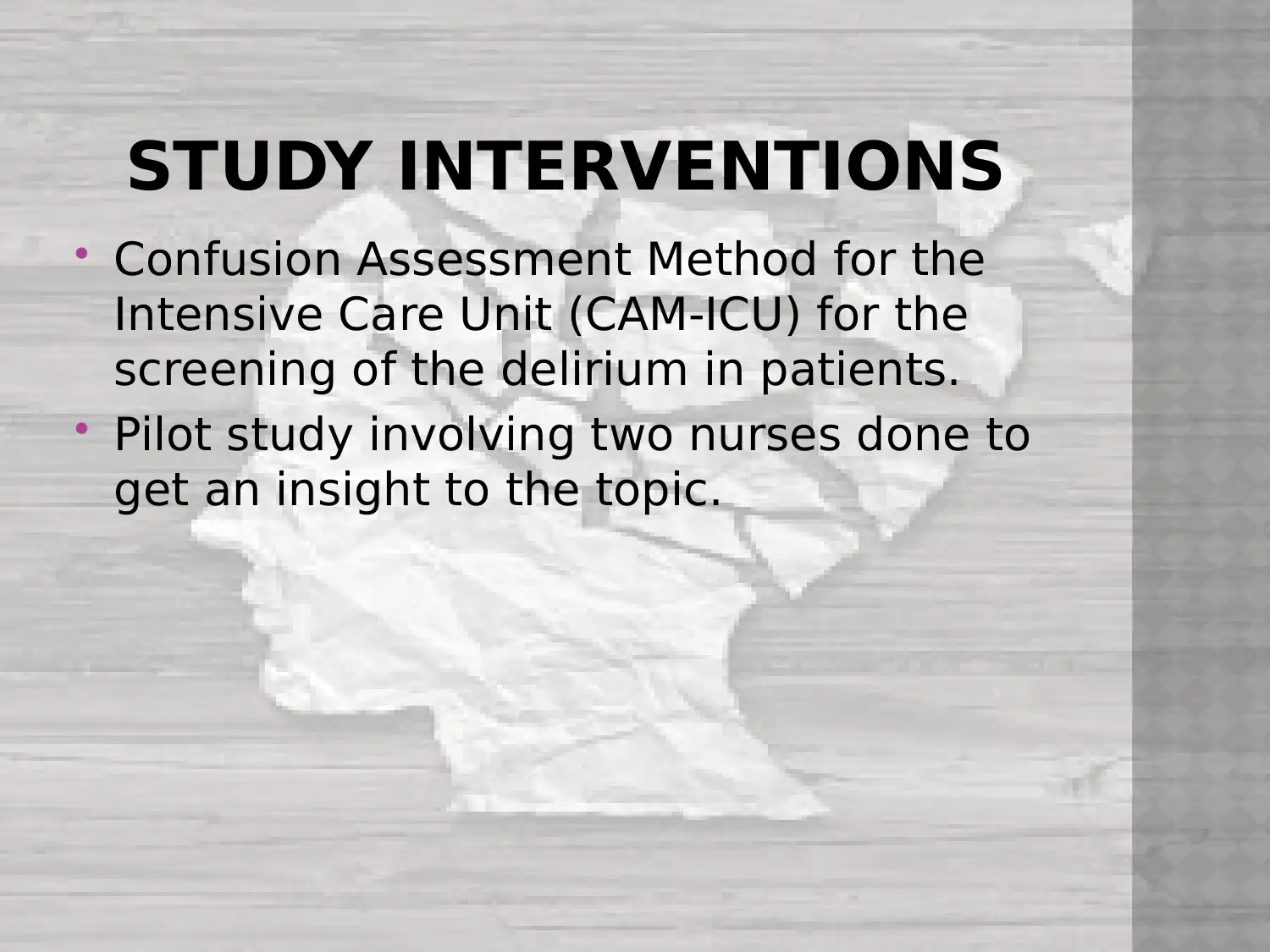
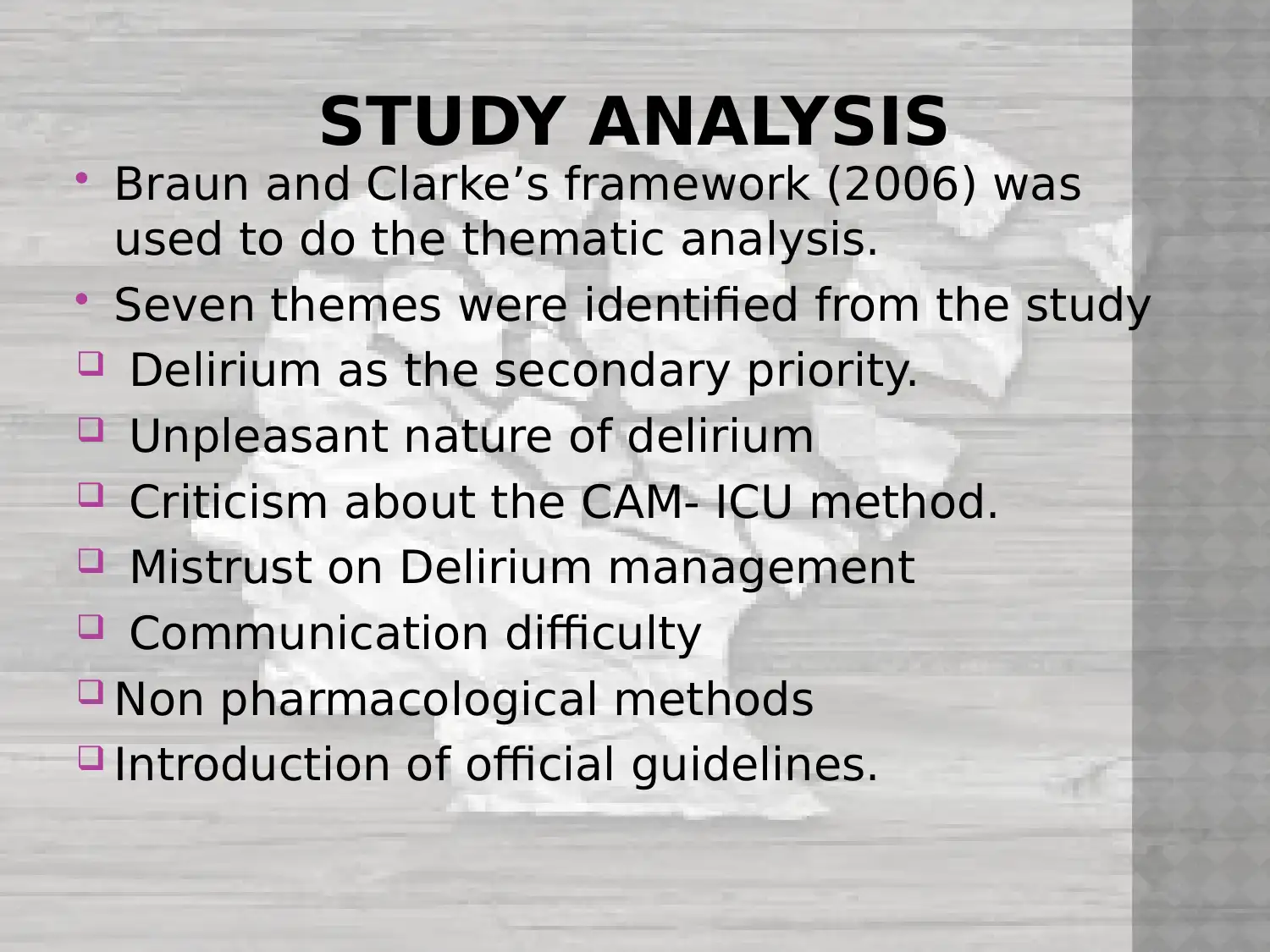
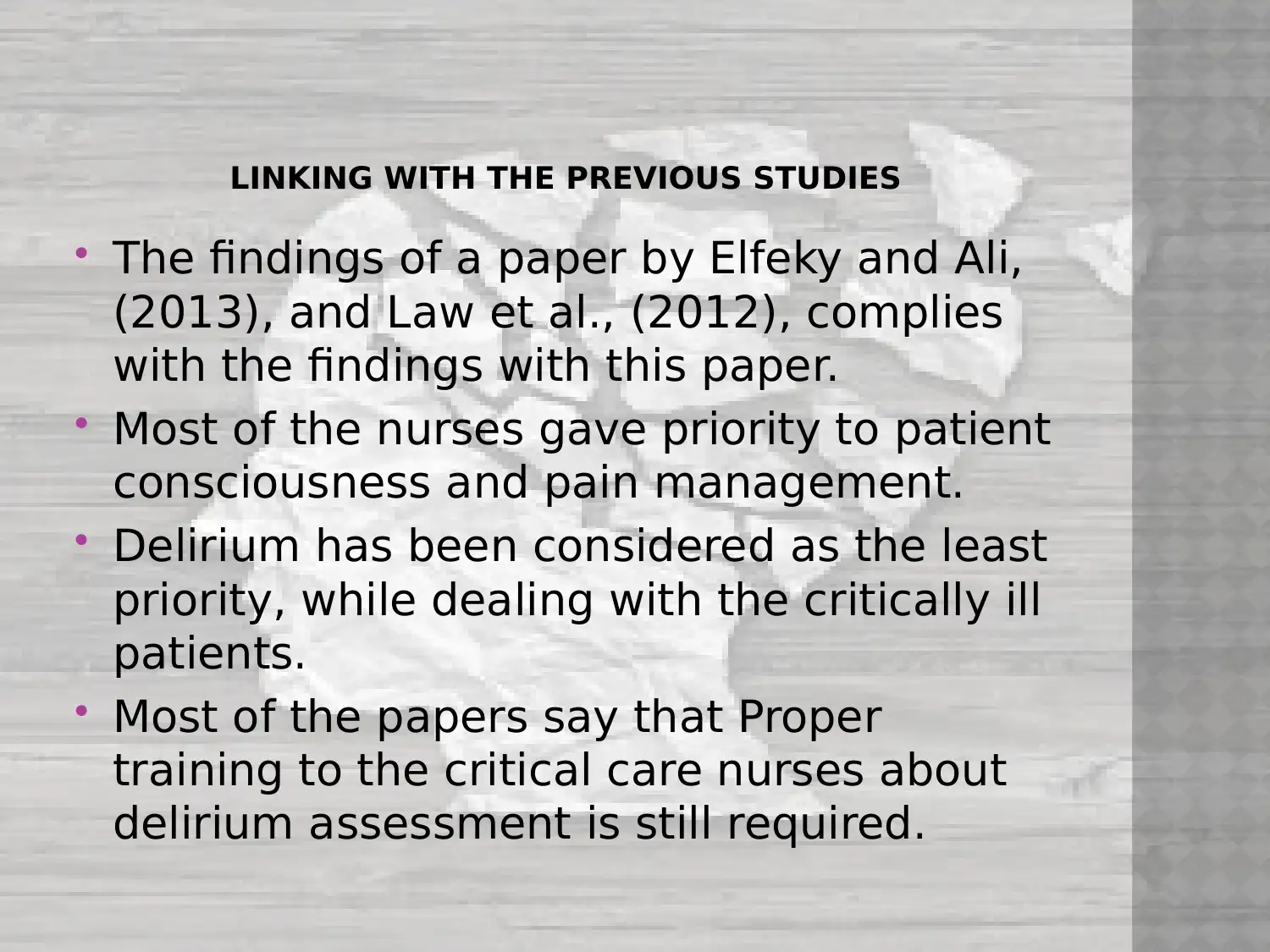
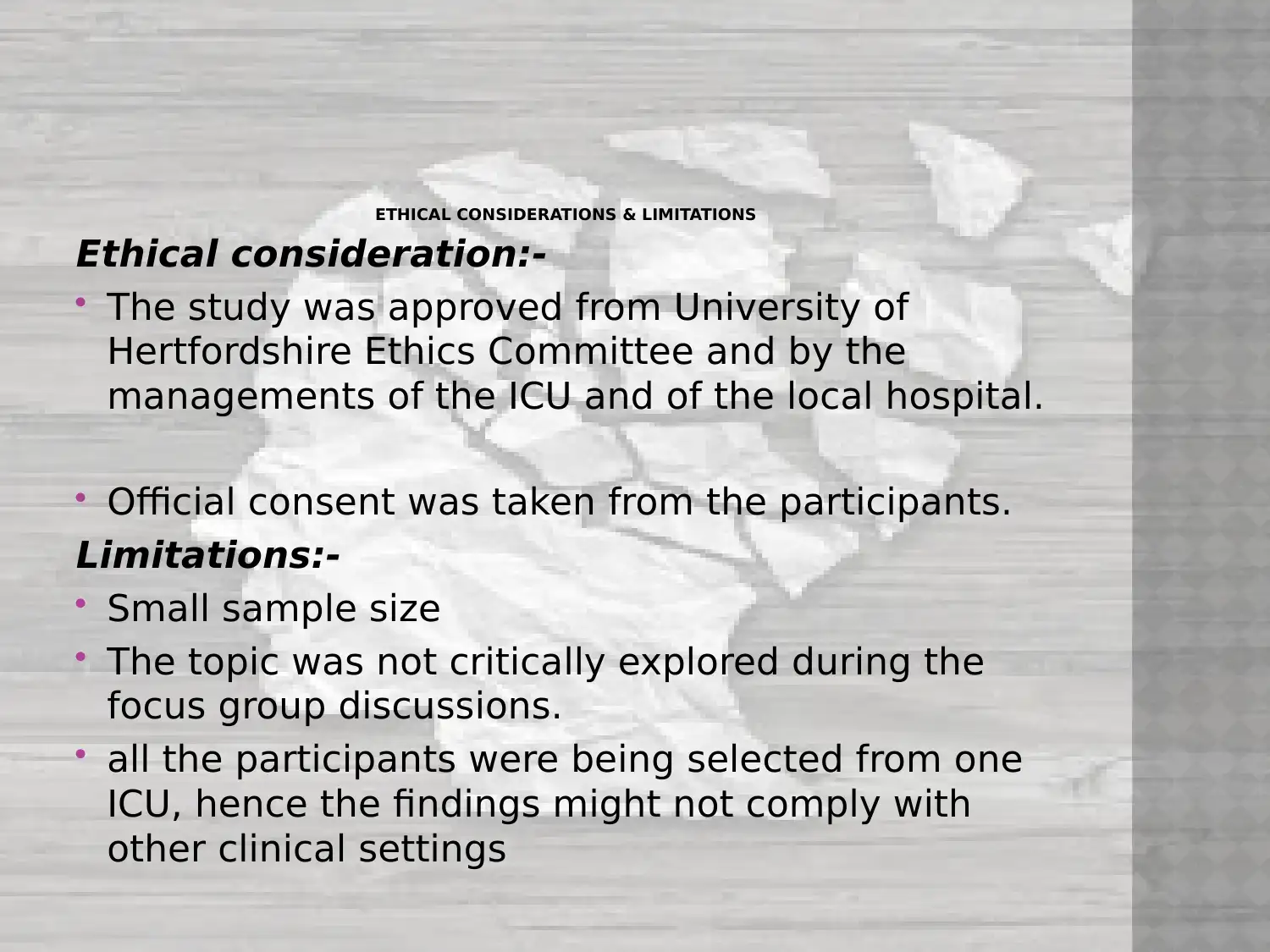
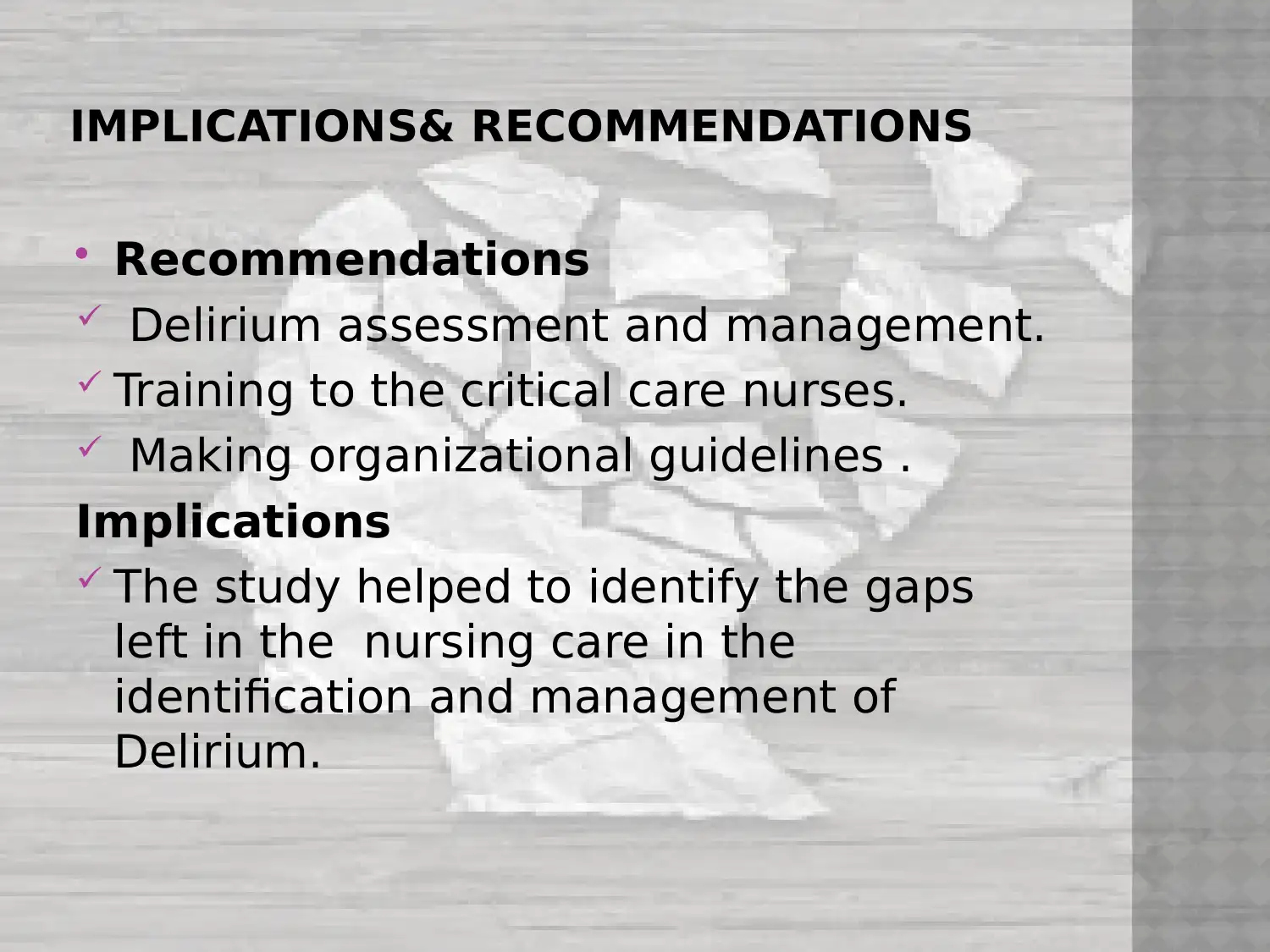
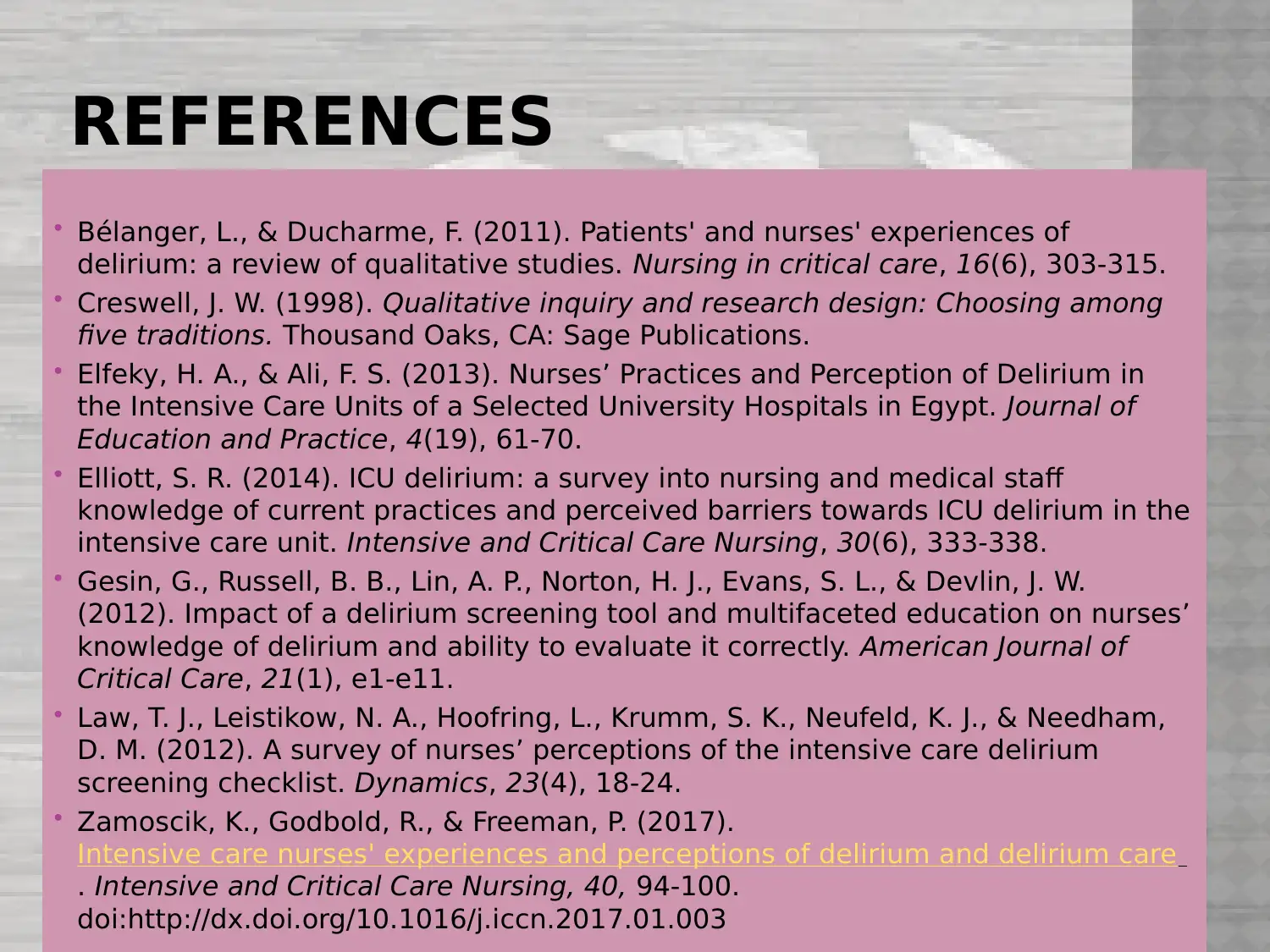







![[object Object]](/_next/static/media/star-bottom.7253800d.svg)